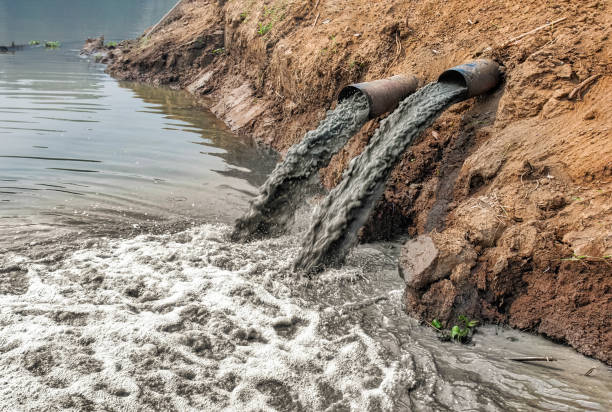Here we explain how inconsistent maintenance of water infrastructure may contribute to the development of waterborne diseases
Need Help?
[quform id="1" name="Schools Form"]Inconsistent Maintenance of Water Infrastructure and the Development of Waterborne Diseases
In the context of South Africa, access to clean and safe drinking water is essential for the well-being and health of its citizens. However, the inconsistent maintenance of water infrastructure can lead to a host of problems, with one of the most alarming consequences being the development and spread of waterborne diseases. In this article, we will explore how this lack of regular upkeep can contribute to such diseases, by delving into the key factors and providing relevant examples grounded in facts.
Table of Contents
How Inconsistent Maintenance of Water Infrastructure may Contribute to the Development of Waterborne Diseases
Inconsistent maintenance of water infrastructure may contribute to the development of waterborne diseases through various interconnected ways. When water facilities such as pipes, treatment plants, and reservoirs are not regularly maintained, it can lead to leaks, breakdowns, and contamination, allowing harmful microorganisms like bacteria and viruses to enter the water supply. The ineffectiveness of water sanitisation processes, due to poor maintenance, leaves harmful organisms in the water. Stagnation and the growth of algae create breeding grounds for disease-carrying organisms. Erosion and sedimentation degrade water quality, allowing disease-causing agents to thrive. Additionally, lack of community awareness might lead people to unknowingly use contaminated water, amplifying the risk. Together, these factors form a complex web that can lead to the spread of waterborne diseases such as cholera, typhoid, and malaria.
1. Contamination of Water Sources
The Introduction of Harmful Microorganisms
Inconsistent maintenance of water infrastructure can lead to leaks, cracks, and breakdowns in pipes and water treatment facilities. These defects can allow harmful microorganisms such as bacteria, viruses, and parasites to enter the water supply.
Example: A broken sewage pipe could leak contaminants into a river used for drinking water, introducing pathogens like E. coli that cause diarrhoeal diseases.
2. Ineffective Water Treatment
Compromised Sanitisation Process
A lack of regular checks and proper maintenance in water treatment plants may result in the ineffective sanitisation of water. Essential processes like filtration, chlorination, and disinfection might not work as intended, leaving harmful microorganisms in the water.
Example: In a community where water treatment is not maintained consistently, chlorine levels might become too low, failing to kill off harmful organisms and leading to outbreaks of diseases like cholera.
3. Stagnation and Growth of Algae
Creating Breeding Grounds for Disease
When water infrastructure is not properly maintained, it can lead to stagnation and the growth of algae in reservoirs and tanks. This environment becomes a breeding ground for disease-carrying organisms like mosquitoes and can lead to waterborne diseases such as malaria.
Example: A poorly maintained storage tank might foster the growth of mosquito larvae, contributing to the spread of malaria in a community.
4. Erosion and Sedimentation
Degradation of Water Quality
Erosion and sedimentation can occur when dams, reservoirs, and waterways are not regularly inspected and maintained. These processes degrade water quality by introducing pollutants and suspended particles, which can carry diseases or create conditions conducive to their growth.
Example: Erosion from an unmaintained dam might lead to sedimentation in a water source, altering its chemical balance and allowing harmful bacteria to thrive.
5. Lack of Community Awareness and Education
Amplifying the Risk through Human Behaviour
Inconsistent maintenance often goes hand-in-hand with a lack of community awareness and education regarding water safety. Without understanding the importance of using safe water sources and the risks associated with contaminated water, individuals might unknowingly contribute to the spread of waterborne diseases.
Example: Without proper education, people might use contaminated water for cooking and personal hygiene, leading to an increase in waterborne illnesses like typhoid.
Conclusion
The inconsistent maintenance of water infrastructure is more than an administrative or financial concern; it is a significant public health issue that directly impacts the lives of South African citizens. The breakdown in maintenance can lead to contamination, ineffective treatment, stagnation, erosion, and a lack of awareness, all of which contribute to the development and spread of waterborne diseases. Addressing this issue requires a concerted effort involving regular upkeep, community education, and vigilant monitoring of water systems. By understanding and acting upon these factors, we can safeguard the health of communities and prevent the devastating effects of waterborne diseases.

